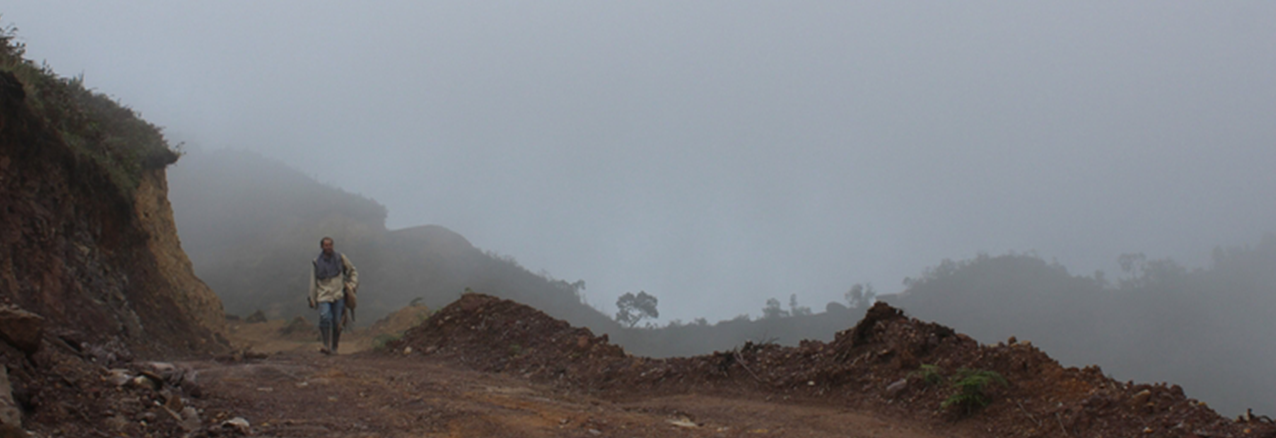USAID partnership results in the paving of a 13km mountain road that will allow more than 500 Colombian families to diversify their crops and reach national markets.
Originally appeared on Exposure.
As he looks out over his coffee trees, Leonardo Rodríguez Durán—a representative of 11,000 cafetera families—recalls how a harvest of several tons of blackberry and lulowere recently discarded by farmers, who were en route to a market in the municipality of Agustín Codazzi, located in Cesar, in northern Colombia. The dirt road, devastated by the rainy season, was so damaged that perishable fruit did not stand a chance. Farmers threw their arms in the air and just left the spoiled harvest on the side of the road.
He also remembers the many times seeing how farmers would throw away bruised avocados at that market, due to hours of transportation in the trucks that managed to get through the 13 kilometers in one piece and get down the mountain.
The road, which has caused so many headaches for farmers and residents of Alto Sicarare, consists of a 13-kilometer stretch of the 46-kilometer highway connecting Agustín Codazzi with rural villages, San Jacinto and Sicarare.
This area, which sits at the Colombian-Venezuelan border, suffered for decades at the hands of guerrilla and paramilitary groups, who for decades murdered community leaders in order to take over their land and grow illicit crops. The violence eliminated any possibility of development.
“Unfortunately, illicit crops created focal points for violence and brought armed groups to the area. There were no roads, and supplies were transported by mule,” recalls Diego Armando Osorio, a representative of the Agrosolidaria Codazzi Association who is trying to reactivate the campesino economy.


